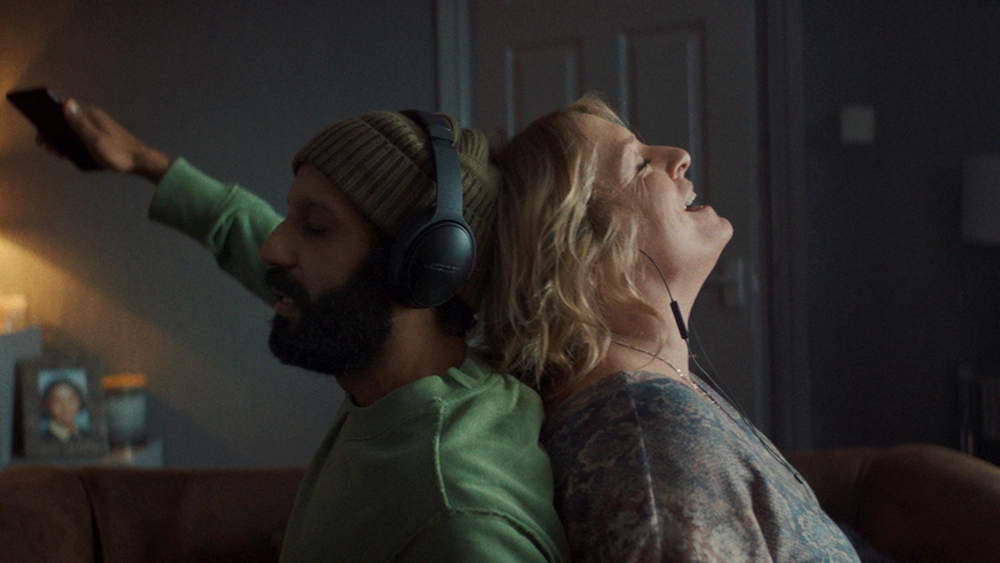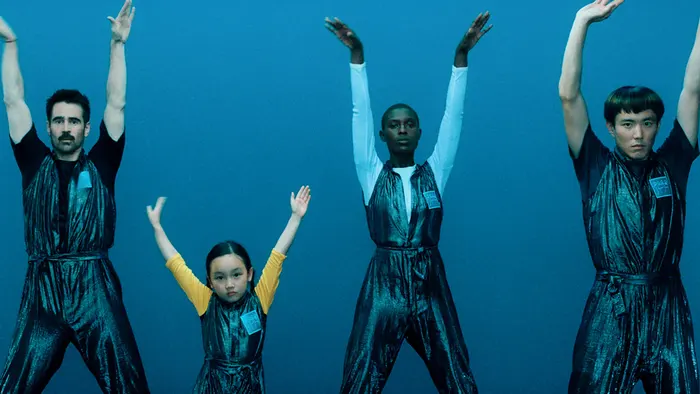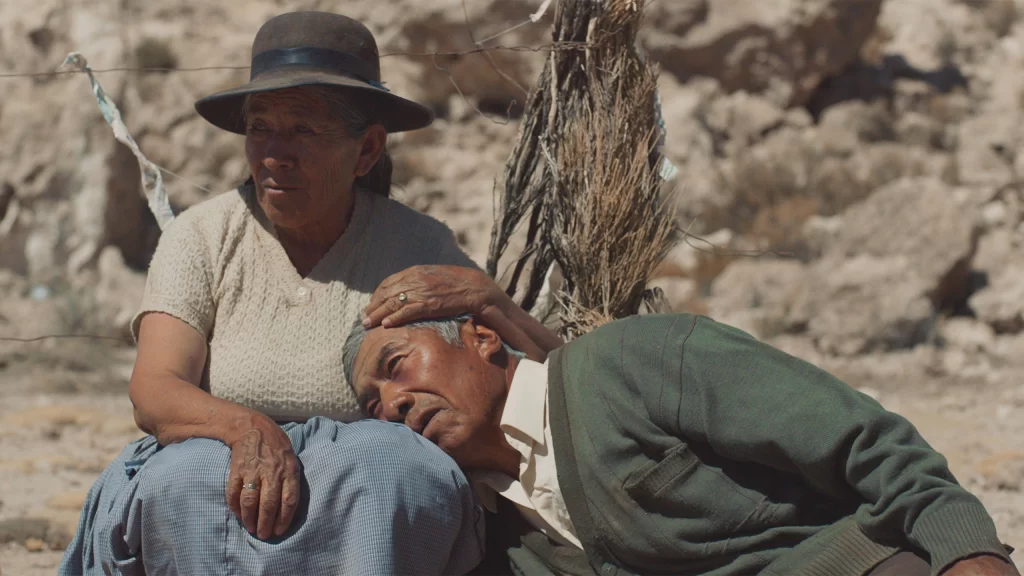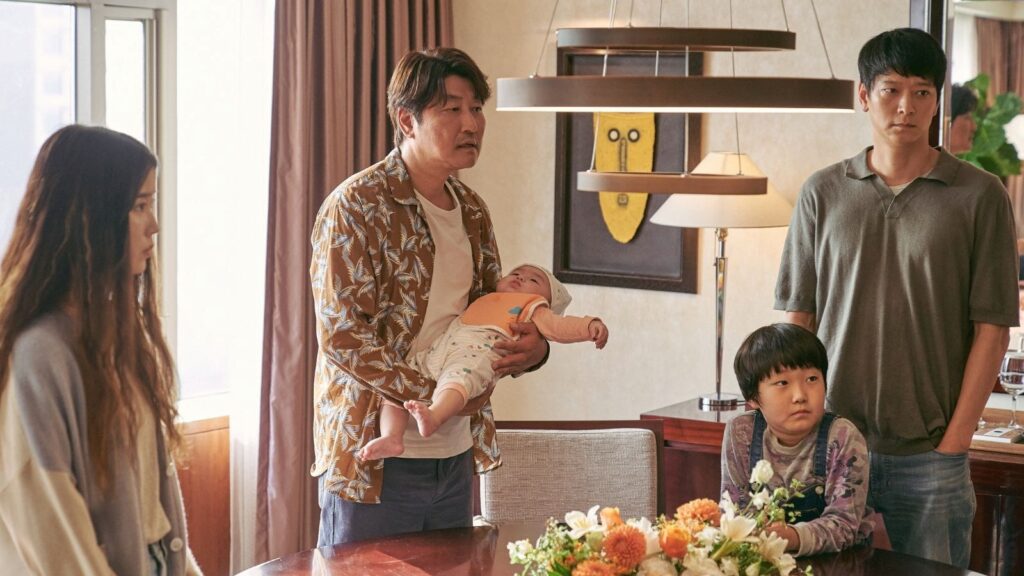Apologies for the lengthy gap between my previous post and this one. I had an awards ceremony to put together, an acclaimed Japanese director to host, and a vacation in Palm Springs (currently in progress) to indulge in. Now here I am with my #2 and #3 books read in 2023, one being a novel by a first-time author for me, and the second being one of my women in rock ‘n roll memoirs, who has appeared on a past Top books of the year list!
#2 – Stolen by Ann-Helén Laestadius, Rachel Willson-Broyles (Translator) (2021, 2023 in the U.S.)
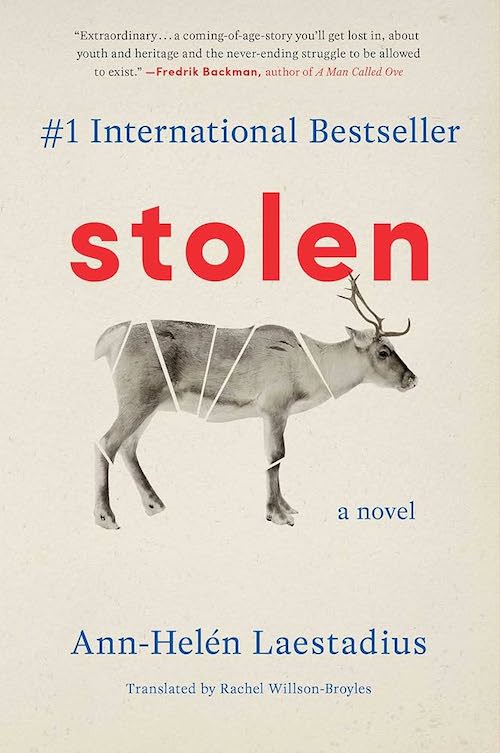 Ann-Helén Laestadius is a lauded author from Sweden, of Sámi and Tornedalian descent: two of Sweden’s national minorities, and in tackling this multi-faceted novel, she barely misses a step while addressing the bigotry, cruelty, and casual indifference that plagues a community. Sadly, the novel is based on hundreds of police reports the author reviewed. The story revolves around Elsa and her family, of Sámi descent, and reindeer herders by profession. When Elsa is just a young girl, skiing to their reindeer corrall on her own for the first time, she stumbles across on of her own reindeer calves, slaughtered by a man from a neighboring village. Caught in the act, the man threatens Elsa for her silence. Despite reporting the murder of their property, Swedish law only considers this kind of slaughter as theft and do very little to investigate. This dark scene kicks off a decade long struggle that Elsa, her family, and her fellow Sámi villagers face time and time again as their livelihood is destroyed, and their reindeer are tortured and butchered unlawfully.
Ann-Helén Laestadius is a lauded author from Sweden, of Sámi and Tornedalian descent: two of Sweden’s national minorities, and in tackling this multi-faceted novel, she barely misses a step while addressing the bigotry, cruelty, and casual indifference that plagues a community. Sadly, the novel is based on hundreds of police reports the author reviewed. The story revolves around Elsa and her family, of Sámi descent, and reindeer herders by profession. When Elsa is just a young girl, skiing to their reindeer corrall on her own for the first time, she stumbles across on of her own reindeer calves, slaughtered by a man from a neighboring village. Caught in the act, the man threatens Elsa for her silence. Despite reporting the murder of their property, Swedish law only considers this kind of slaughter as theft and do very little to investigate. This dark scene kicks off a decade long struggle that Elsa, her family, and her fellow Sámi villagers face time and time again as their livelihood is destroyed, and their reindeer are tortured and butchered unlawfully.
Add to the main storyline the powerful undercurrent of bigotry directed at the indigenous people of the area, and how it impacts the youth — leading to depression and suicide — and Laestadius fashions a damning tale of today’s society in the hopes that things will start to turn around. There’s also the underlying threat of climate change that, while not in the forefront, is elegantly woven throughout the lives of these people who depend on the seasons. This is a complex, well-written, gritty and upsetting tale, which is just as it should be.
#3 – Naked at the Albert Hall: The Inside Story of Singing, Tracey Thorn (2015)
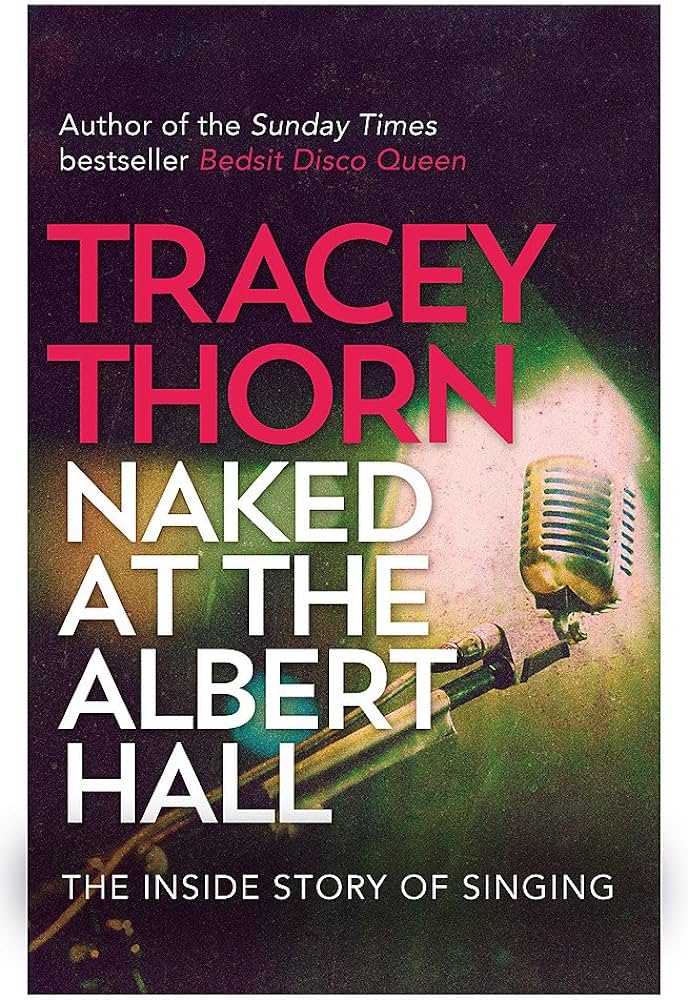 I don’t think there’s a better memoir writer than Everything but the Girl’s Tracey Thorn. Ironically, the second of her three books (and the third that I read) focuses on the skill that she is better known for, and that’s singing. In Naked at the Albert Hall: The Inside Story of Singing, Thorn focuses on the the physical requirement of singing, the relationship between the singer and the listener, and the tools that a professional singer might use to enhance or alter their singing ability. Along the way she includes stories about her life as both lead vocalist for Everything but the Girl, and the struggle she has had since 2000 when she sang her last public concert. Included in the book are brief interviews with other singers, such as Linda Thompson, Kristen Hersh (author of my #4 book, Rat Girl) and the marvelous Alison Moyet, asking the to provide their points of view of how singing impacts their lives. She talks about many of the singers she admires and her relationship with them as a listener.
I don’t think there’s a better memoir writer than Everything but the Girl’s Tracey Thorn. Ironically, the second of her three books (and the third that I read) focuses on the skill that she is better known for, and that’s singing. In Naked at the Albert Hall: The Inside Story of Singing, Thorn focuses on the the physical requirement of singing, the relationship between the singer and the listener, and the tools that a professional singer might use to enhance or alter their singing ability. Along the way she includes stories about her life as both lead vocalist for Everything but the Girl, and the struggle she has had since 2000 when she sang her last public concert. Included in the book are brief interviews with other singers, such as Linda Thompson, Kristen Hersh (author of my #4 book, Rat Girl) and the marvelous Alison Moyet, asking the to provide their points of view of how singing impacts their lives. She talks about many of the singers she admires and her relationship with them as a listener.
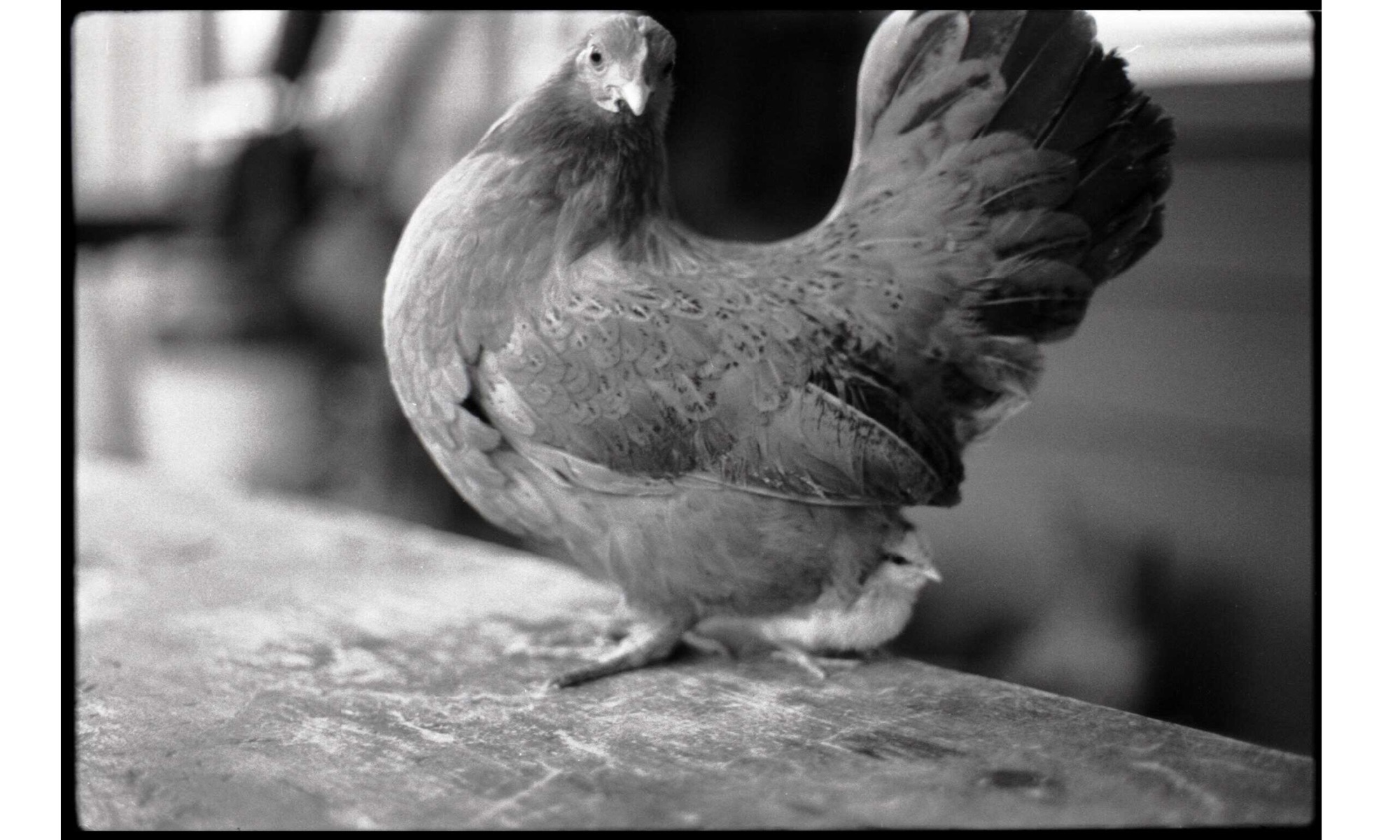
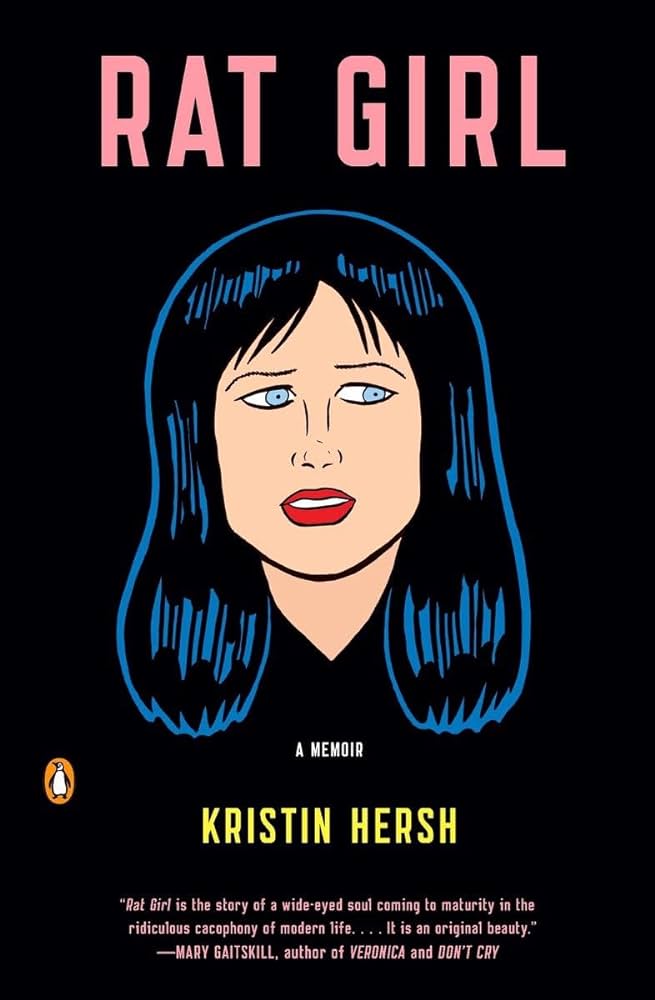 Another great entry in my new favorite genre: the rock ‘n roll memoir by women. Kristen Hersh details a year in her life; modified entries in her diary, just as her band, Throwing Muses was about to take off. Along the way, there’s a bipolar disorder, a friendship with an icon of the golden age of Hollywood, and a pregnancy. This is what I look for in a rock ‘n roll memoir: reading about life as a working musician, while commenting on the larger world and the personal idiosyncrasies that make up a personality. Hersh’s observations about life and her unorthodox childhood are abstract, atonal, and whimsical, reminiscent of her music, but the deep bonds of friendship between her and her bandmates shines through.
Another great entry in my new favorite genre: the rock ‘n roll memoir by women. Kristen Hersh details a year in her life; modified entries in her diary, just as her band, Throwing Muses was about to take off. Along the way, there’s a bipolar disorder, a friendship with an icon of the golden age of Hollywood, and a pregnancy. This is what I look for in a rock ‘n roll memoir: reading about life as a working musician, while commenting on the larger world and the personal idiosyncrasies that make up a personality. Hersh’s observations about life and her unorthodox childhood are abstract, atonal, and whimsical, reminiscent of her music, but the deep bonds of friendship between her and her bandmates shines through.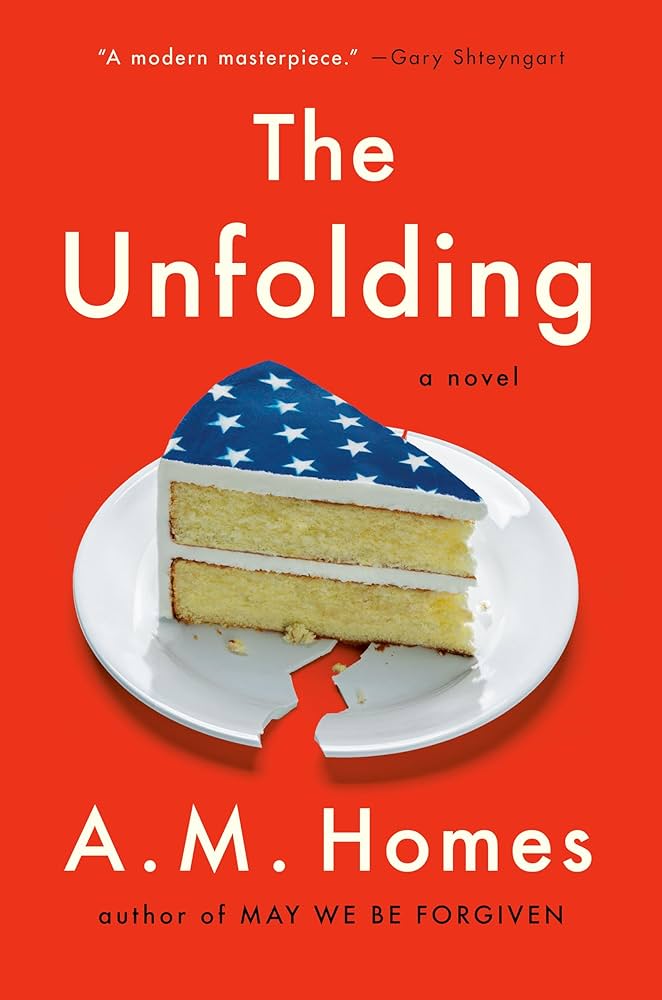 A.M. Homes fascinates me as a writer. Her novels are usually heavily satirical, and rarely tackles subjects I would predict would be interest to me. Yet her sharp-eyed take, often on middle America is often bold, insightful, and entertaining. In her latest novel, The Undoing she focuses on a singular moment of a behind-the-scenes power broker for the Republican Party known as the Big Guy. It’s election night 2008, and things definitely go as planned. Shaken to the core as Obama is announced President of the United States, The Big Guy and his family experience the upheaval in radically different ways, with our wealthy, rich patriarch setting in motion a super secret cabal of similarly wealthy, aging, white Republican that will secretly and slowly return America to it’s former greatness over the coming decades.
A.M. Homes fascinates me as a writer. Her novels are usually heavily satirical, and rarely tackles subjects I would predict would be interest to me. Yet her sharp-eyed take, often on middle America is often bold, insightful, and entertaining. In her latest novel, The Undoing she focuses on a singular moment of a behind-the-scenes power broker for the Republican Party known as the Big Guy. It’s election night 2008, and things definitely go as planned. Shaken to the core as Obama is announced President of the United States, The Big Guy and his family experience the upheaval in radically different ways, with our wealthy, rich patriarch setting in motion a super secret cabal of similarly wealthy, aging, white Republican that will secretly and slowly return America to it’s former greatness over the coming decades.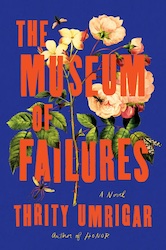 Thrity Umrigar knows how to write powerful upheavals in characters’ lives. In her latest novel, Remy returns to the city of Bombay where he grew up both to look into a possible adoption for he and his American wife, and also to check on his estranged mother, whose health, he discovers, has taken a turn for the worse. Already there are two issues that Remy must deal with rife with potential family drama, and that’s just the tip of the iceberg. Family secrets, a harsh look at both Indian and American social systems, misogyny, pride, religion… all of these and more play a part in one man’s sudden need to reevaluate his life and nearly everything he has believed.
Thrity Umrigar knows how to write powerful upheavals in characters’ lives. In her latest novel, Remy returns to the city of Bombay where he grew up both to look into a possible adoption for he and his American wife, and also to check on his estranged mother, whose health, he discovers, has taken a turn for the worse. Already there are two issues that Remy must deal with rife with potential family drama, and that’s just the tip of the iceberg. Family secrets, a harsh look at both Indian and American social systems, misogyny, pride, religion… all of these and more play a part in one man’s sudden need to reevaluate his life and nearly everything he has believed.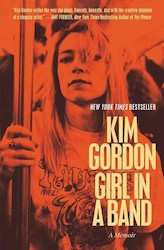 As merely a casual fan of Sonic Youth (big fan of “Kool Thing” ever since it was included in the Hal Hartley film, Simple Men), Kim Gordon’s memoir was perfect for my recent reading list of female rockers’ memoirs that Tracey Thorn’s books steered me toward. While not the accomplished writer that Thorn is, Gordon’s insight’s and life experiences as an artist and musician, part of the New York art scene in the late 70’s and 80’s, and half of one of post-punk’s most notable couple made for fascinating a compelling reading. Her writing style was straight-forward and engaging, and despite a cool exterior, the moments when she opened up to her strong feelings or challenging emotional conflicts were powerful.
As merely a casual fan of Sonic Youth (big fan of “Kool Thing” ever since it was included in the Hal Hartley film, Simple Men), Kim Gordon’s memoir was perfect for my recent reading list of female rockers’ memoirs that Tracey Thorn’s books steered me toward. While not the accomplished writer that Thorn is, Gordon’s insight’s and life experiences as an artist and musician, part of the New York art scene in the late 70’s and 80’s, and half of one of post-punk’s most notable couple made for fascinating a compelling reading. Her writing style was straight-forward and engaging, and despite a cool exterior, the moments when she opened up to her strong feelings or challenging emotional conflicts were powerful.